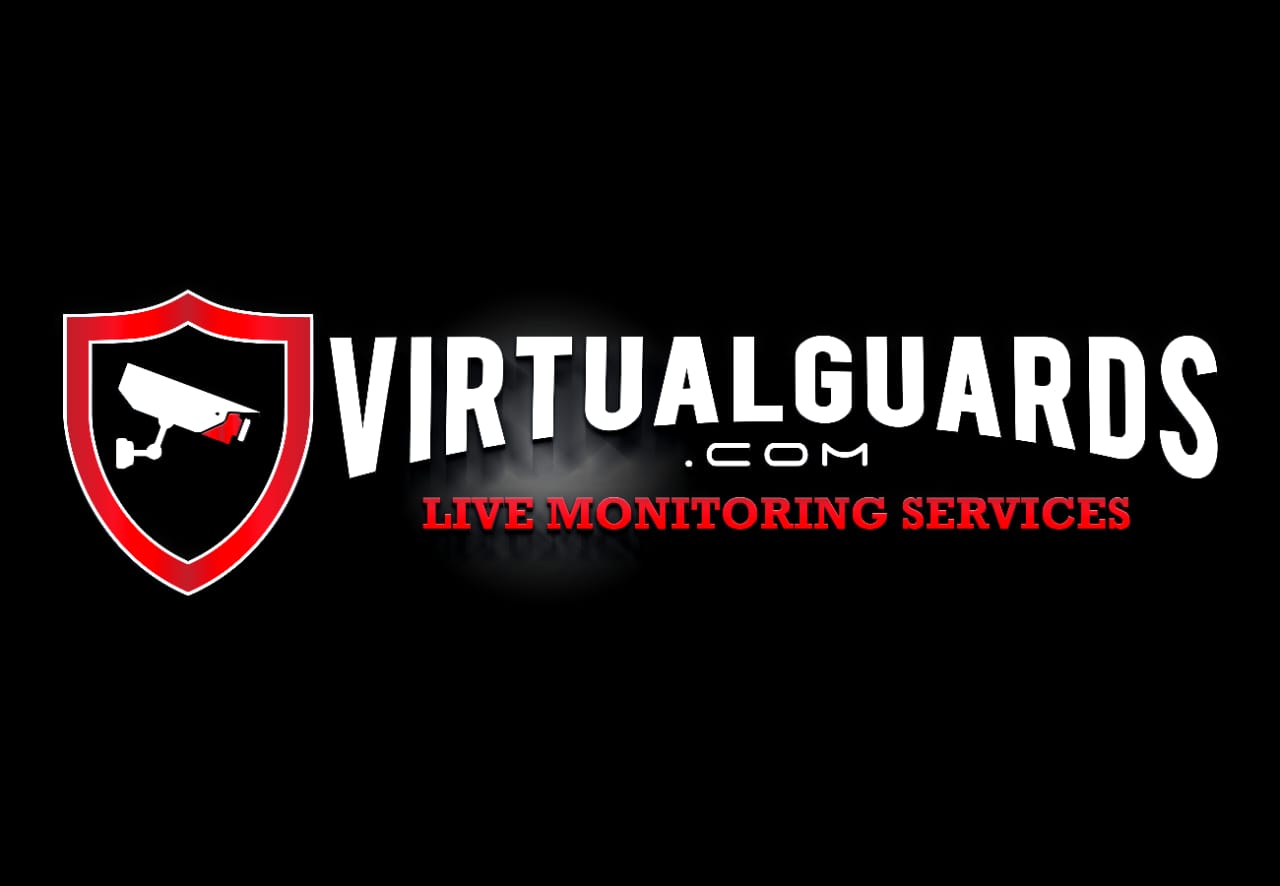Aerospace & Defense Virtual Live Monitoring
Aerospace & Defense Live Video Monitoring
Enhancing security measures through live video monitoring has become vital in numerous industries, including aerospace and defense. Safeguarding sensitive information, materials, and equipment is paramount in these sectors. They are making the selection of appropriate security cameras crucial. Factors such as coverage area, camera type, resolution and image quality, low-light performance, data storage, data privacy, security, and integration with other security systems must be considered.
Air Cargo Crime:
Air cargo theft is a significant concern in the aerospace industry. According to a report by the Transported Asset Protection Association (TAPA), in 2020, cargo crime incidents globally increased by 69% compared to the previous year. These incidents include thefts from parked trucks, warehouses, and during transport.
Airport Security:
Airports face various security challenges, including unauthorized access, smuggling, and terrorism threats. The International Civil Aviation Organization (ICAO) regularly publishes reports on aviation security, including statistics on incidents and trends.
Cybersecurity:
With increasing digitization in the aerospace industry, cybersecurity has become critical. Cyberattacks can target airlines, airports, or aerospace companies, potentially leading to data breaches, disruption of services, or theft of sensitive information. The International Air Transport Association (IATA) and other organizations track cybersecurity incidents in the aviation sector.
Counterfeit Parts:
Counterfeit or substandard aircraft parts pose a safety risk and are a concern in the aerospace industry. The Aerospace Industries Association (AIA) and other organizations monitor cases of counterfeit components and guide prevention.
To access the most up-to-date and specific aerospace crime statistics, I recommend referring to official reports and research papers or consulting relevant organizations such as ICAO, IATA, national aviation authorities, or law enforcement agencies specializing in aerospace security and crime prevention.
We are licensed to serve all of Southern and Northern California.

Aerospace & Defense Virtual Live Monitoring
Preventing aerospace crime requires a comprehensive approach that includes physical security measures, cybersecurity protocols, and employee awareness. Here are some ideas for aerospace crime prevention:
Access Control:
Implement strict access control measures at airports, aerospace facilities, and restricted areas. This includes secure entry points, ID verification, and surveillance of access points to prevent unauthorized individuals from entering sensitive areas.
Surveillance Systems:
Install high-quality cameras, motion sensors, and alarm systems to monitor critical areas within airports, aerospace manufacturing facilities, and other critical sites. Regularly review and maintain the surveillance systems to ensure they are functioning effectively.
Perimeter Security:
Establish robust perimeter security measures, including fences, barriers, and intrusion detection systems, to prevent unauthorized access to aircraft, airport facilities, or sensitive aerospace infrastructure.
Cybersecurity Measures:
Develop and maintain robust cybersecurity protocols to protect critical data, systems, and communication networks within the aerospace industry. This includes regular software updates, network monitoring, and employee training on cybersecurity best practices.
Employee Training and Awareness:
Conduct training programs to educate employees about security risks, potential threats, and best practices for preventing aerospace crime. This can include identifying and reporting suspicious activities, adhering to security protocols, and recognizing social engineering tactics.
Supply Chain Security:
Establish stringent supply chain security measures to prevent counterfeit or substandard parts in the aerospace industry. This includes verifying the authenticity of components, conducting due diligence on suppliers, and implementing quality control measures.
Collaboration with Law Enforcement and Intelligence Agencies:
Foster strong partnerships with local law enforcement agencies, intelligence organizations, and aviation regulatory bodies to exchange information, collaborate on investigations, and stay updated on emerging threats and trends in aerospace crime.
Incident Response Planning:
Develop comprehensive incident response plans that outline procedures for addressing various security incidents, including cyberattacks, theft, or sabotage. Regularly review and update these plans to ensure their effectiveness.
Whistleblower Programs:
Encourage the reporting of suspicious activities or potential security breaches through anonymous whistleblower programs. This can help uncover internal threats and facilitate early intervention.
Industry Collaboration:
Participate in industry associations and forums dedicated to aerospace security to share best practices, exchange information, and collectively work towards improving security standards across the industry.
Each organization’s security needs may vary, so conducting a thorough security assessment and consulting with security professionals or experts to tailor the crime prevention measures to your specific requirements is recommended.
Licensed for all of Southern and Northern California

